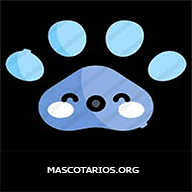Content |
|---|
History
The Belgian Shepherd Dog is the name of four breeds or varieties of dogs, depending on the Cynological Association we consult. The four breeds or varieties are: Groenendael, Laekenois, Tervueren and Malinois.
At the end of the 19th century, in Belgium there was a large number of herding dogs whose type was heterogeneous and their coats were of great diversity. In order to put order into this situation, some cinófilos (cinógrafos) enthusiasts formed a group led by Professor A. Reul, the school of veterinary medicine of Cureghem, who can be considered as a true pioneer and founder of the race.
The Belgian Shepherd was officially born as a race between 1891 and 1897. The 29 in September of 1891, founded in Brussels the “The Belgian Shepherd Dog Club” and that same year, the 15 November, Professor A.. Reul manages to gather in Cureghem, 117 dogs, allowing you to carry out a census and form a group with the best copies. In the following years becomes a real selection, making an extreme inbreeding on some stallions.
The 3 in April of 1892, the “Belgian Shepherd Dog Club” She wrote a first well detailed standard of the breed. Was admitted a single race, with three varieties of hair. In any case, at that time, the Belgian Shepherd was only a dog of humble people and therefore a breed that still lacked prestige. Therefore, is not until 1901 that the first Belgian Shepherds were registered in the Book of Origins of the Société Róyale Saint Hubert (L.O.S.H.).
In the course of the next few years, the leaders cinófilos fans to the Belgian Shepherd pursued tenaciously to unify the type and correct defects. We can affirm that towards the 1910 the type and character of the Belgian Shepherd were already established.
Throughout the history of the Belgian Shepherd, the issue of the different varieties and accepted colors has given rise to many controversies. On the other hand, As far as morphology is concerned, the character and fitness to work, There has never been any disagreement.
According to the classification scheme of the Federation Cynologique Internationale, It's four different from same breed varieties. Other organizations such as the American Kennel Club recognize only under the name of Belgian Shepherd Groenendael. The cynological organizations of Australia and New Zealand classify them as four different breeds.
But, in many countries like Canada, Great Britain, Puerto Rico, Mexico and South Africa, among others, using the classification of the CRF, recognizing them as four varieties of the same species.
From the middle ages are known, only that in those times there were different varieties classified solely by their function and not so much by their morphology since the interest in their breeding was based on the search for an efficient breed for grazing.
Physical characteristics
According to the FCI they are classified in the Group 1 Sheepdogs and Cattle Dogs (except Swiss Cattle Dogs). Section 1 Sheepdogs. With working trial. Use: Grazing, company and guard.
The desirable average size of a Belgian Shepherd is of 62 cm in males and 55 cm in females. Tolerance is of 2 cm less and 4 cm. more. The weight of 25 to 30 kg, in males and in females approximately 20 to 25 kg.
All are smart dogs, workers and approximately the same size and temperament, Although they differ superficially in their appearance and coat. They are closely related genetically to the point that crosses two dogs of the same “type” It is possible that being born puppies of different “variety”.
The Belgian Shepherd life expectancy (in any of its 4 variants) in 2004 in United Kingdom was around of 14 years. What is high for this size breeds especially if you consider used them, and highlights the utility and work. Of 113 United Kingdom copies, the main cause of death was cancer (23%), age (23%) and failure of internal organs (heart, kidneys, liver) (13%).
The Belgian shepherds suffer from common diseases of dogs in relation to reproductive issues, Musculoskeletal and skin issues.
They are still used as shepherds, and their ease of learning transformed them into police auxiliaries, competing as equals with their German relatives.
Character and skills
With regard to their nature, the Belgian shepherd dog is a vigilant and active, a great vitality, She loves children. Her innate aptitude of flock guardian joined the unique qualities of the best guard dog of the property.
It is a dog that stands out in the defence of his master and property, This is necessary to provide you with plenty of exercise. It is good to train since childhood but without ill-treatment, that they can give as a result, a nervous and little obedient animal. They are very watchful and protective to children.
Since the length, the address, the appearance and the colour of the hair are varied in the Belgian Shepherd, This point as the criterion has been adopted to distinguish the four varieties of the breed: Groenendael, Tervueren, Malinois and Laekenois. These four varieties are judged separately.
It is a rustic dog, supports both high and low temperatures. The Argentine Republic has places with extreme temperatures and there are specimens throughout the country. In some cases must be checked for hip dysplasia.
Images of the Belgian Shepherd
Belgian Shepherd videos
Type and recognitions:
- FCI CLASSIFICATION: 15
- Group 1: Sheepdogs and Cattle Dogs (except Swiss Cattle Dogs)
- Section 1: Sheepdogs. With proof of work..
Federations:
- – FCI – Group 1 Herding dogs, Section 1 Sheepdogs ⓘ
- – AKC – Herding ⓘ
- – ANKC – Group 5 (Working Dogs) ⓘ
- – CKC – Group 7 – Herding ⓘ
- – KC – Pastoral ⓘ
- – NZKC – Working ⓘ
- – UKC – Herding Dog ⓘ
FCI breed standard "Belgian Shepherd"
Alternative names:
1. Belgian Sheepdog (English).
2. Berger belge (French).
3. Belsche Schéiferhond, Chien de Berger Belge (German).
4. (em francês: chien de berger belge) (Portuguese).
5. Ovejero belga, Perro pastor belga (español).
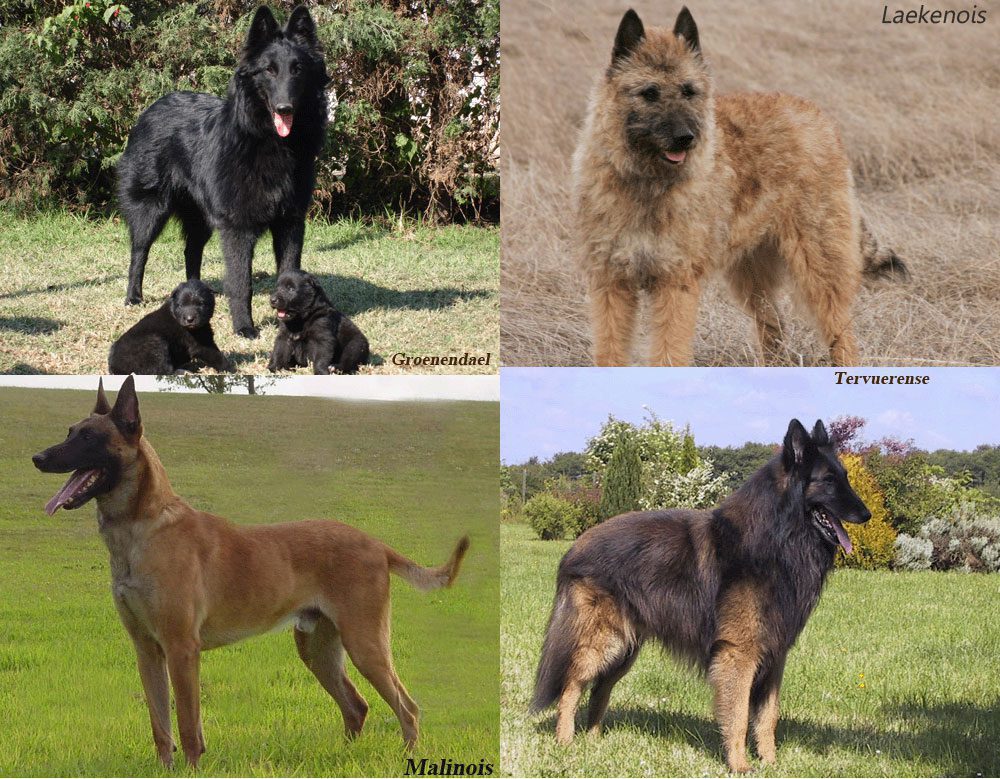
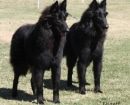
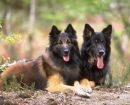
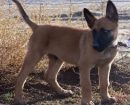
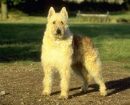
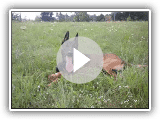 Rasputin – Belgian Malinois in action
Rasputin – Belgian Malinois in action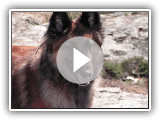 Belgian Shepherd tervueren
Belgian Shepherd tervueren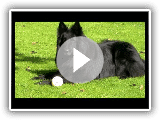 Belgian shepherd - groenendael
Belgian shepherd - groenendael Belgian Shepherd Laekenois. Belgian Shepherd Laekenois.
Belgian Shepherd Laekenois. Belgian Shepherd Laekenois.